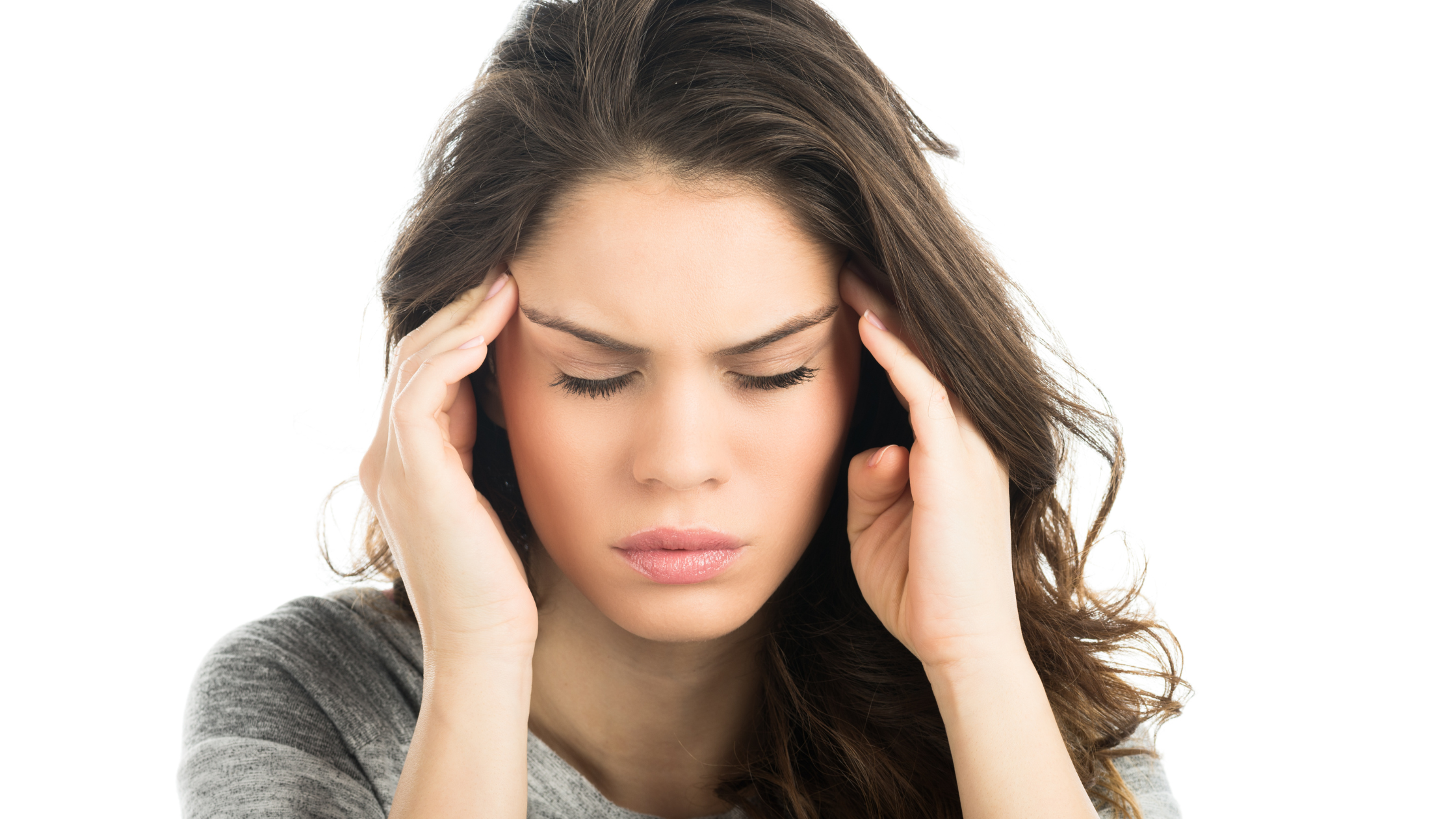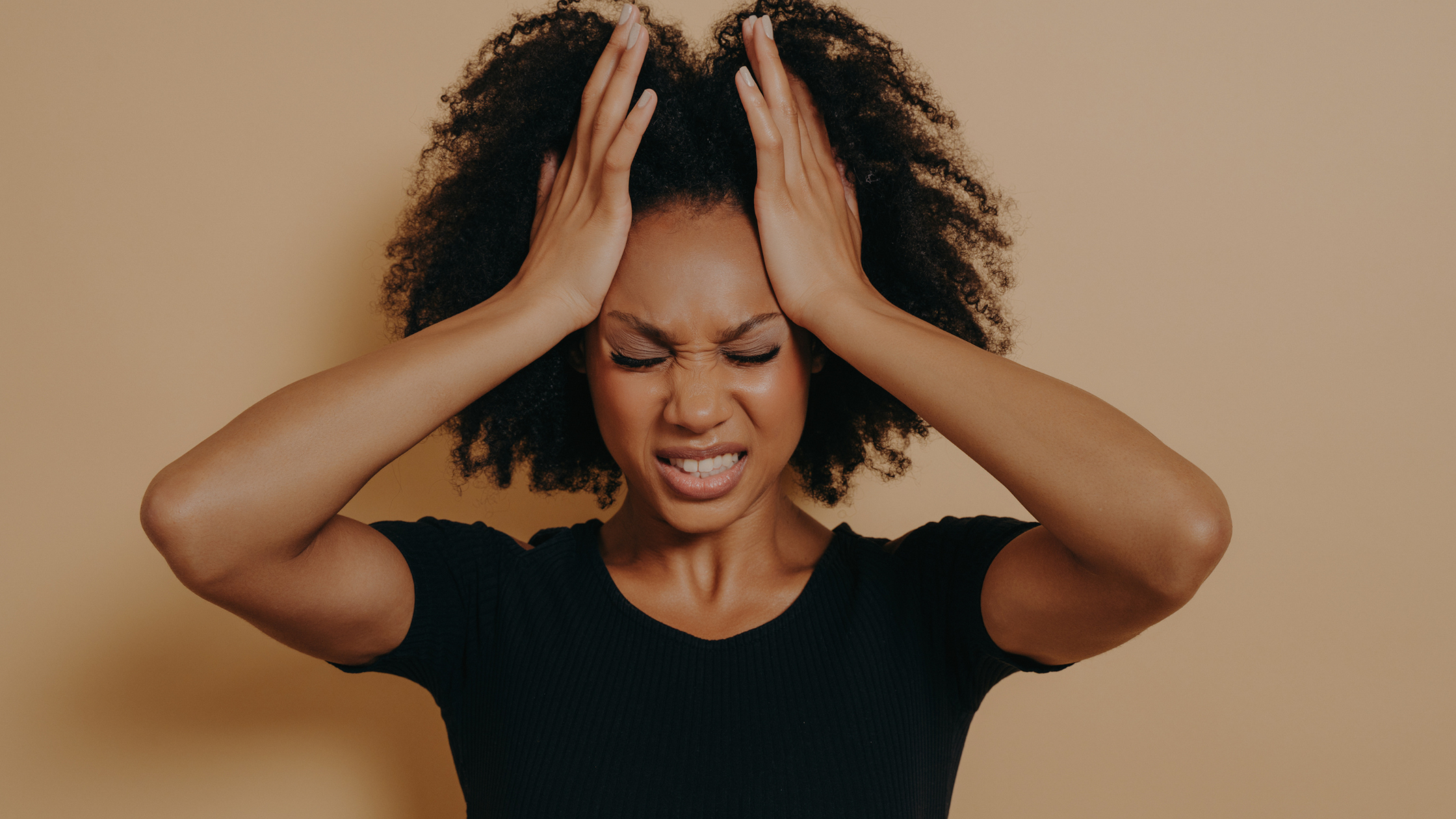A Ray of Hope for 39 Million Americans: Medical Cannabis for Migraine Relief
Exploring Medical Cannabis as a Potential for Migraine Relief
If you’ve suffered from a migraine you will recognize the often-debilitating symptoms of this disease: headache pain that occurs without warning and is usually felt on one side of the head, along with nausea, confusion, blurred vision, mood changes, fatigue, nausea and vomiting, and increased sensitivity to light, sound, or noise.
The American Migraine Foundation suggests that around 39 million Americans are likely to be living with migraines. However, given that many individuals go undiagnosed or lack access to necessary treatment, the true number is likely even higher. Migraines can affect anyone, but they are three times more likely to affect women.
As more is understood about how cannabis affects the body and mind, more people are turning to medical cannabis for the treatment of migraines. Here we will review what we know about migraines and some of the emerging research about how people are using cannabis to treat migraine symptoms.
The Difference Between Episodic and Chronic Migraine
Migraines can be categorized as either episodic or chronic. Episodic migraines involve 14 or fewer headache days each month. On the other hand, chronic migraines entail more than 15 headache days each month, lasting for three or more months, with at least eight of them displaying migraine characteristics (as mentioned above).
In some cases, episodic migraines can transition into chronic migraines if they are not recognized and treated appropriately.

Common Methods of Migraine Treatment
Despite migraines being so common, people often find quite a bit of difficulty with treating them, and are commonly treated through a combination of medications and lifestyle modifications. Over-the-counter pain relievers like ibuprofen or naproxen can help with mild to moderate migraines. For more severe or frequent migraines, prescription medications such as triptans or preventive drugs like beta-blockers may be prescribed.
Identifying and avoiding migraine triggers, managing stress, maintaining a regular sleep schedule, and staying hydrated are essential lifestyle strategies to help manage migraine disease. Relaxation techniques, acupuncture, physical therapy, and counseling can also be explored for migraine management.
Many people, however, are turning to medical cannabis for the treatment of migraine, with more studies beginning to emerge to support cannabis’ efficacy for the treatment of this debilitating disease.
Migraines and the Endocannabinoid System
Evidence indicates that the endocannabinoid system (ECS), particularly through the activation of the CB1 receptor, plays a role in migraine.
There is also a hypothesis that reduced ECS function could be linked to chronic migraine. When there are disruptions in this system, it can lead to various mental health issues, including migraines. It is suggested that some people who live with migraines may live with something called Clinical Endocannabinoid Deficiency or CECD, where there may be insufficient levels of endocannabinoids in the body, leading to pain.
Preclinical studies have demonstrated that the endocannabinoid anandamide, also known as AEA, can inhibit trigeminovascular neurons by interacting with the CB1 receptor (also referred to as the TRPV1 receptor) and the serotonin 5HT1B and 5HT1D receptors, which are responsive to migraine medications called triptans. These findings suggest that THC, the psychoactive cannabinoid, might influence the activity of the trigeminovascular system, which is closely linked to migraine development.
In people with migraines, there might be lower activity in the endocannabinoid system, possibly due to reduced CB1 and CB2 receptors. This suggests that using external cannabinoids through medical cannabis as a treatment for migraines, even in low doses, could be helpful. These deficiencies in the endocannabinoid system can be due to genetic factors or acquired over time.
Medical Cannabis for Nausea and Vomiting Due to Migraines
One of the most debilitating symptoms of migraine headaches is the nausea and vomiting that can come with them and can persist.

In May 2022, a study titled “Medical Cannabis for Migraine Treatment in Adults: An Evidence Review” examined 12 research publications involving 1,980 participants from both Italy and the United States. The study revealed that, after six months of use, medical cannabis significantly decreased nausea and vomiting linked to migraine attacks. Additionally, it reduced the migraine headache frequency per month and the number of migraine days within 30 days.
While there could be more research on the effect of cannabis on the nausea and vomiting associated with migraine, these preliminary results are promising in that many patients are finding relief from nausea and vomiting with cannabis.
Medical Cannabis for Migraine Pain
In 1998, Dr. Ethan Russo completed a systematic review of cannabis for migraine, concluding that medical cannabis has a mild analgesic (pain-relieving) effect on its own when treating migraines.
Cannabis appears to influence pain-processing pathways in the brain and may interact with serotonin and other systems relevant to migraine. Some early resources suggest that cannabis may be more beneficial for the reduction of migraine pain or pain perception than Asprin.
A study in 2019 discovered that using dried cannabis flowers can effectively relieve discomfort from migraines and headaches. Researchers used a mobile app called Releaf to track how people used cannabis for headaches and migraines. They collected data from 699 participants between 2016 and 2019, including information on the type of cannabis they used and how severe their symptoms were before and after using it.
Out of 1,910 sessions where people tried to relieve headache or migraine pain, 94% reported feeling better within two hours, showing promising results for the potential of medical cannabis for relieving the pain of migraine.
Terpenes for Pain Management of Migraines
In addition to cannabinoids like THC and CBD, studies are finding that people who use medical cannabis for the treatment of migraine are turning to specific terpenes, the compounds responsible for the flavor and aroma of cannabis, for their pain-relieving properties.
A 2018 study looked at a survey of 2038 patients with various illnesses, 88% of whom were experiencing severe headaches and migraines. The survey indicated that they preferred hybrid strains, like “OG Shark,” which had high THC/THCA and low CBD/CBDA, along with terpenes beta-caryophyllene and beta-myrcene.
Beta-Caryophyllene may reduce inflammation in the brain by decreasing the chemicals that cause inflammation-induced stress, while some scientists claim that myrcene can reduce pain by increasing the brain and spinal cord’s own opioid chemicals.
Medical Cannabis in Reducing Frequency of Migraine
Preliminary research on medical cannabis for reducing migraine frequency is showing a great deal of promise. One study looked at medical cannabis for migraine frequency 316 New York State chronic migraine patients. It found that 88.3% of patients reported better headaches after using medical cannabis for an average of about 22 weeks. The number of monthly migraine days went down by 42.1%, and over half of the patients had at least a 50% reduction in headache days.
Many participants in this study also experienced improvements in other migraine symptoms having to do with sleep, anxiety, and mood, and were able to reduce their use of opioid pain medications.
In 2019, a study by Cuttler and others used data from a Canadian app called Strainprint to look at how inhaling cannabis affected the severity and frequency of migraines. They found that headaches were reduced by 47.3%, and migraines were reduced by 49.6%, with more women (88.6%) than men (87.3%) reported better relief from migraines from cannabis.

Risks of Medication Overuse Headache or Rebound Headaches with Cannabis
One thing that should be noted if considering medical cannabis for migraines is that it may be associated with the development of medication overuse headaches in chronic migraine patients, according to a study by researchers from Stanford University School of Medicine.
Medication overuse headache typically arises from the excessive use of acute headache medications in individuals with underlying primary headache disorders. The study found that chronic migraine patients using cannabis were significantly more likely to have medication overuse headaches than those who did not use cannabis.
This suggests that it may be advisable for chronic migraine patients with medication overuse headaches to reduce cannabis use over time.
Explore Medical Cannabis and Migraines with Compassionate Clinics of America
While much of the research on medical cannabis and migraine is in its preliminary stages, there is a growing body of evidence that cannabis can be helpful in the treatment of the nausea and vomiting, pain, and frequency associated with migraines.
If you are living with chronic or persistent migraines and are considering medical cannabis, reach out to Compassionate Clinics of America to talk to one of our knowledgeable physicians about your migraines and whether medical cannabis may be a beneficial option to help increase your quality of life of living with migraines.
























